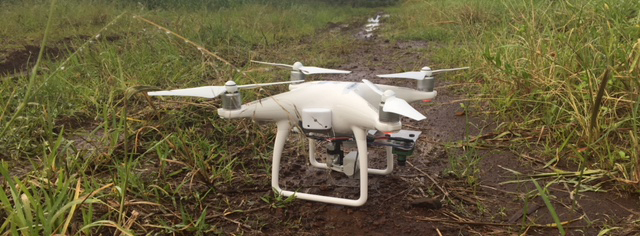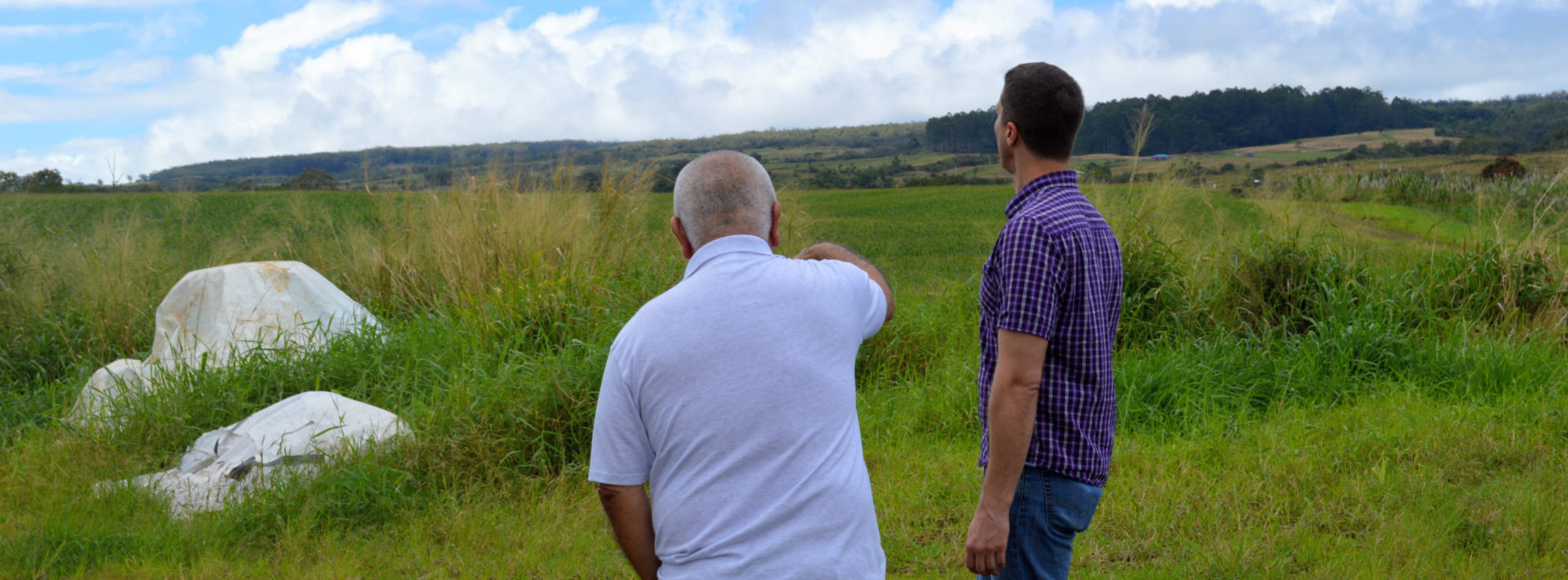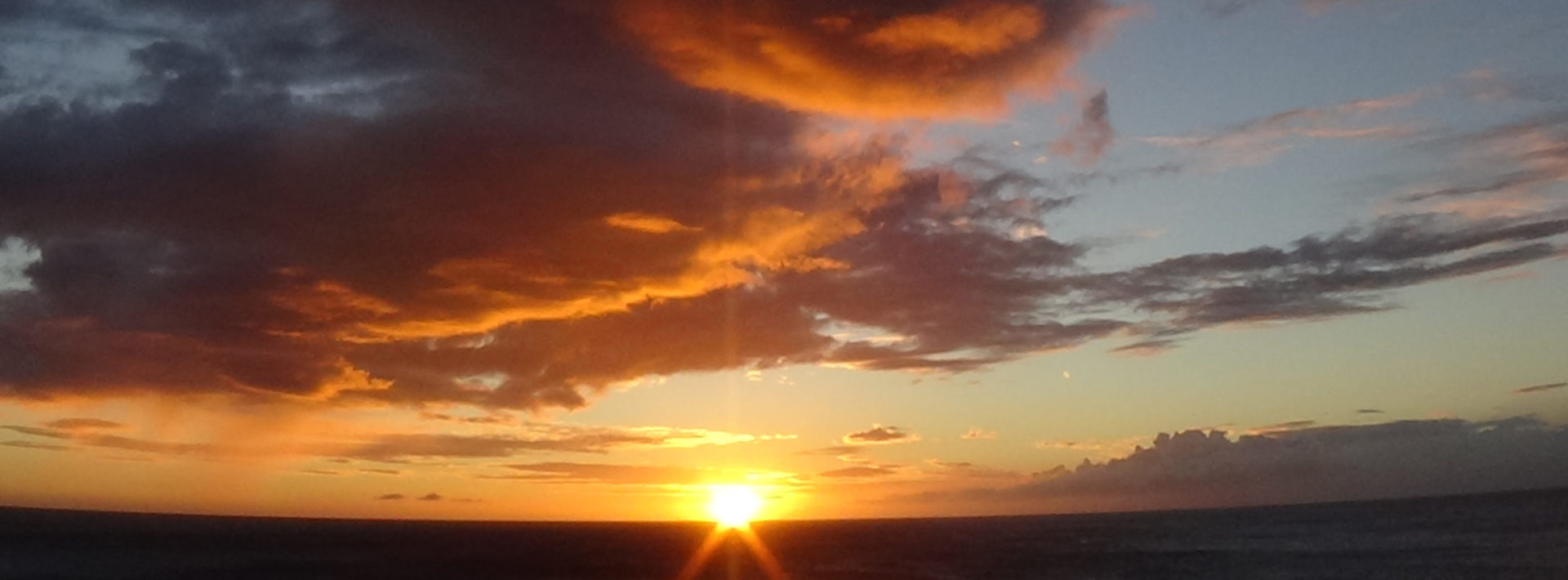TREX 2018 Day 5: Data Collection on a Crunch

By David Wu ‘19
When working and researching in the field, it is vital to be able to adapt on the fly. These past couple days have really tested the group’s adaptability. For the first few days of the trip we had been staying at Kilauea Military Camp in Volcano National Park. When the government shutdown last Friday at 7pm HST, we were notified that we had to leave the camp and Volcano National park on Monday morning (three days earlier than we planned). This led to some forced binging of our perishable foods and a fun game called how many things can we pack into the trunk of a minivan.
This week, we have been splitting time between a project to deploy a network of PM2.5 sensors around the island and a project to investigate the relationship between remote sensing data collected by drone and crop and soil health at a local corn farm. We have until Thursday to collect data for the projects, and then we will leave for the northern part of the big island for a few more days of analyzing the data before presenting our findings to the public next Monday.

With little time to spare, on Sunday night the group buckled down and made significant progress on our projects. Joey and Ju examined data from our particle sensors and they seemed to be working well; Meghan and Chang analyzed the images captured by the near-infrared and RGB cameras on our drone; and Josh and James conducted pH tests on soil samples that we collected from the farm.

My task was to build a platform that could attach to the drone and hold the near-infrared camera, so that we have room to attach a far-infrared camera. This far-infrared camera will relative temperature data over the crops and can hopefully be correlated with soil moisture. After taking some measurements of the drone specs, I came up with a basic plan for the platform and picked up some screws and an acrylic sheet from the hardware store.
Ideally, I would have liked to CAD up a design and laser cut the acrylic to make the platform. Unfortunately, I had to make due with a drowel (a small saw with a circular blade) and a drill. Although there were some challenges, the biggest being that the drowel melted the acrylic before it cut through, by the end of the night I was able to make a platform for the near-IR camera and attach it to the drone. The next day, we went to farm and flew the drone again and the platform worked great!
Our working conditions have never been perfect, but we’ve worked through it. Huh…people working hard and doing what it takes to meet a deadline…what a concept.
Every year, a group of MIT students and professors travel to the Big Island of Hawaii to gain fieldwork experience through TREX (Traveling Research Environmental EXperiences). The first TREX trip was held in 2000, and since launching has taken students on research activities in domestic and international settings. For more undergraduate opportunities, click here.



